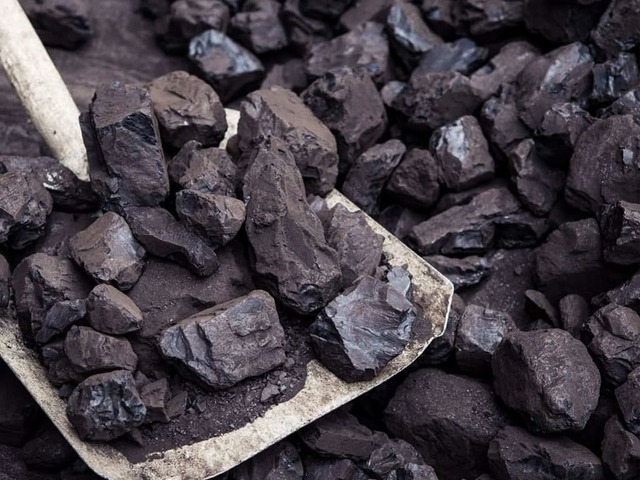One of the standout commodity stories so far this year has been China’s demand for thermal coal, with the world’s largest importer seeing record shipments arriving in the first half.
China’s imports of thermal coal from the seaborne market, used mainly to generate electricity, were 168.73 million metric tons in the first six months of the year, up 8.5% from 155.51 million in the same period in 2023, according to data compiled by commodity analysts Kpler.
This was the strongest first half in China’s history and puts the world’s second-biggest economy on track for another record year for coal imports in 2024.
But there are some signs that China’s appetite for seaborne thermal coal may be easing, raising the possibility that the second half of 2024 will be weaker than the first.
July’s seaborne imports of thermal coal are forecast by Kpler to be 29.66 million tons, slightly higher than June’s 29.44 million, but weaker by 2.5% on a per day basis.
The growth rate for the first seven months of the year is expected to slip to 7.1% from the 8.5% seen in the first half.
The question becomes what are the factors that may drive a moderation in China’s demand for seaborne thermal coal.
The main driver is a recovery in China’s domestic output, which had been softening amid ongoing mine safety inspections in key coal-producing regions.
China’s coal production rebounded in June, with output of all grades of the fuel jumping to a six-month high of 405.38 million tons, which was also 3.6% above the same month in 2023, according to official data released on July 15.
The soft start to 2024 meant year-on-year production was still down 1.7% in the first half, but this was an improvement on the 3.0% drop recorded in the first five months of the year over the same period in 2023.
Another factor is that coal’s share in China’s electricity production is slipping, with official data showing thermal generation fell for a second straight month in June, dropping 7.4%, adding to the 4.3% decline in May.
Thermal generation does include some small amounts of natural gas-fired power, but it is mainly coal.
Coal’s share in China’s electricity mix is being eroded by hydropower, which is rebounding from a weak, drought-affected 2023, and by rising output from renewables such as wind and solar.
Hydropower rose 44.5% in June following an increase of 21.4% in May, while wind output gained 10.4% in the first half of 2024 from the same period a year earlier, and solar jumped 39.4% over the same period.
If hydropower can maintain its recent strength and renewable deployment continues at pace, it increases the likelihood of coal-fired generation declining in the second half of the year.
This, in turn, means China may be less reliant on imported thermal coal, especially if domestic output continues its upward trend.
Source: XM






